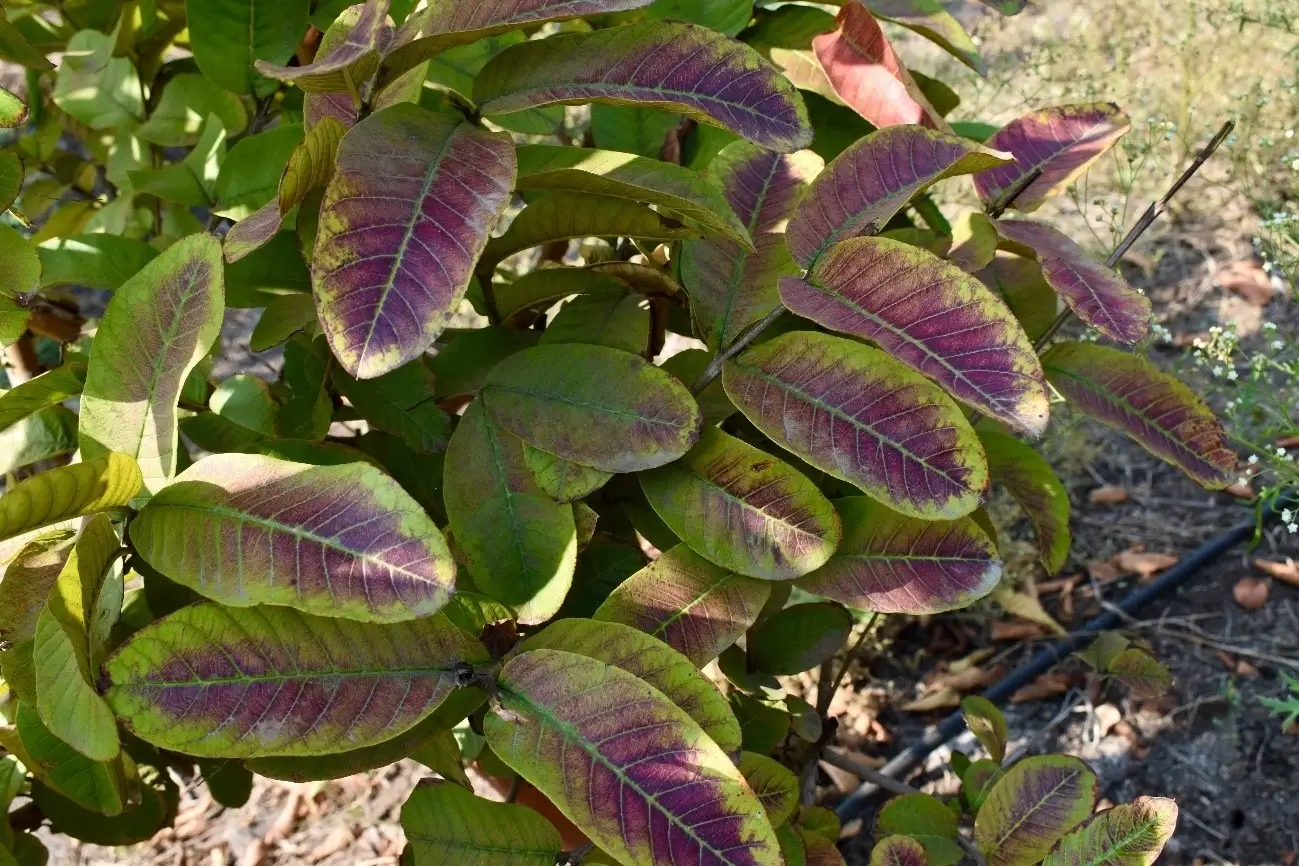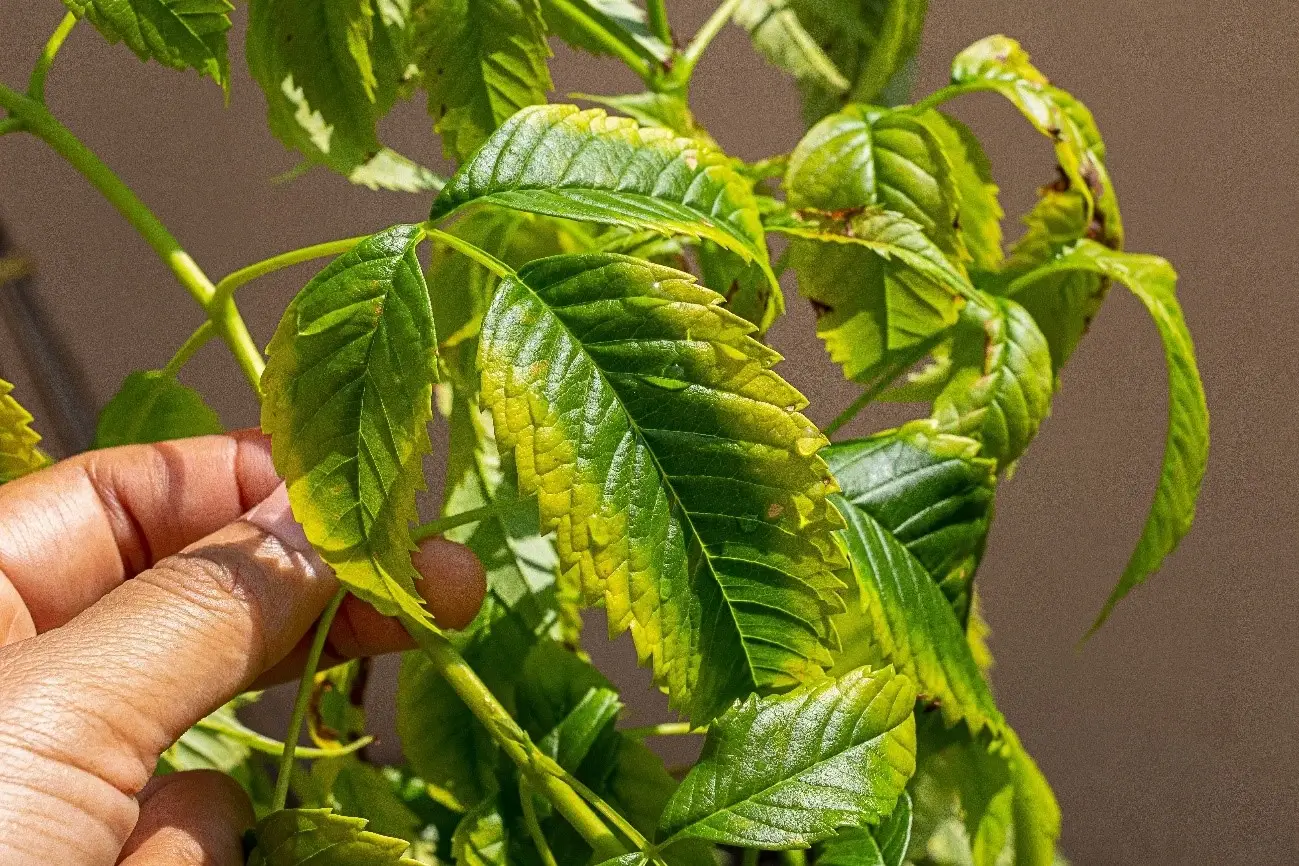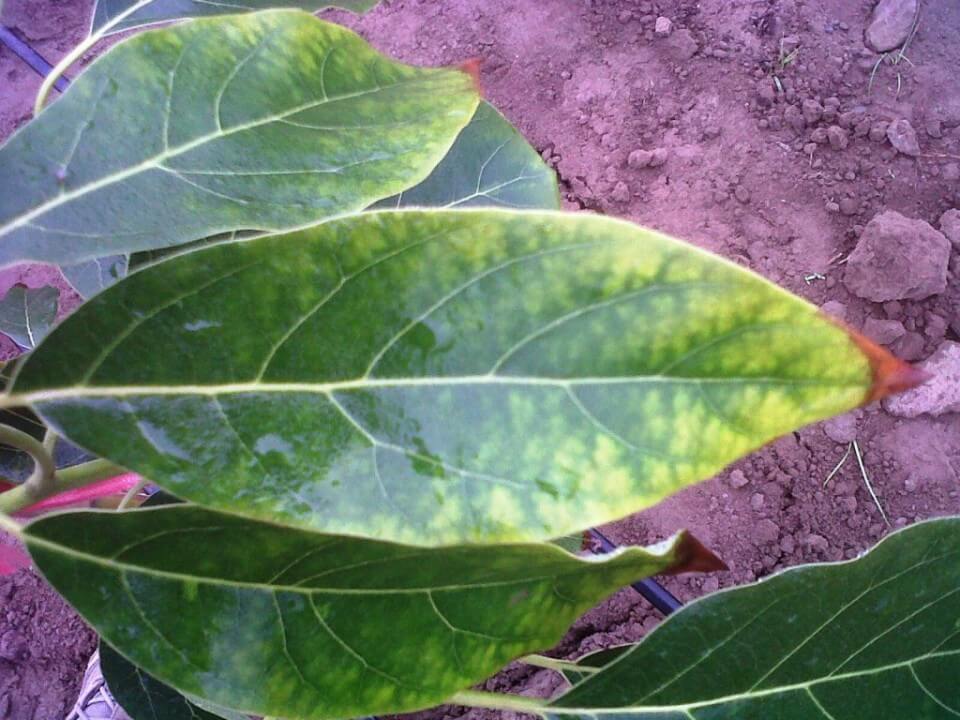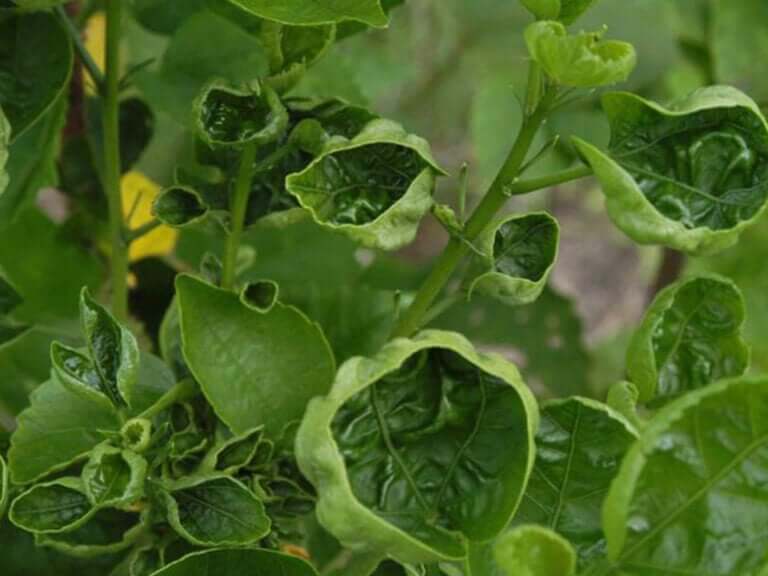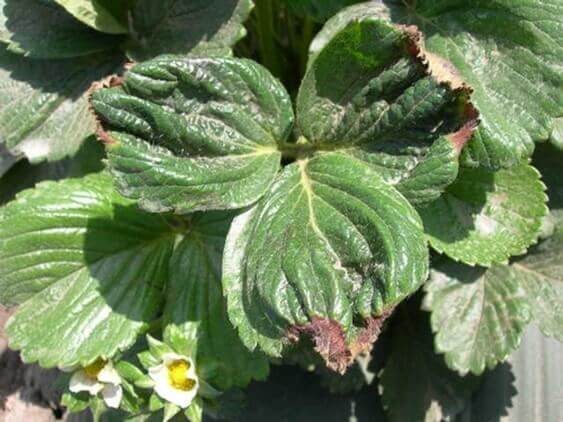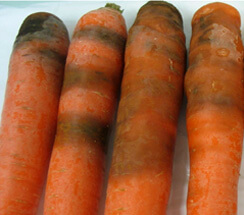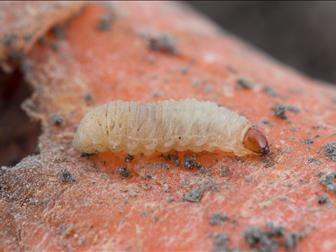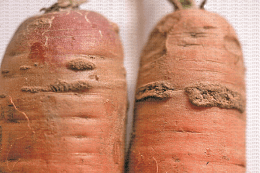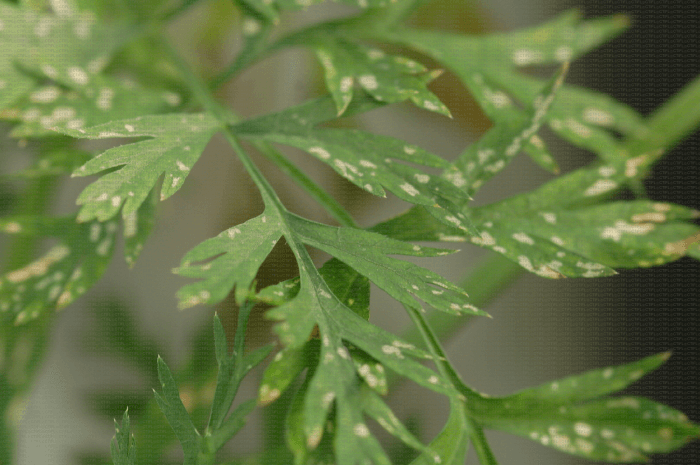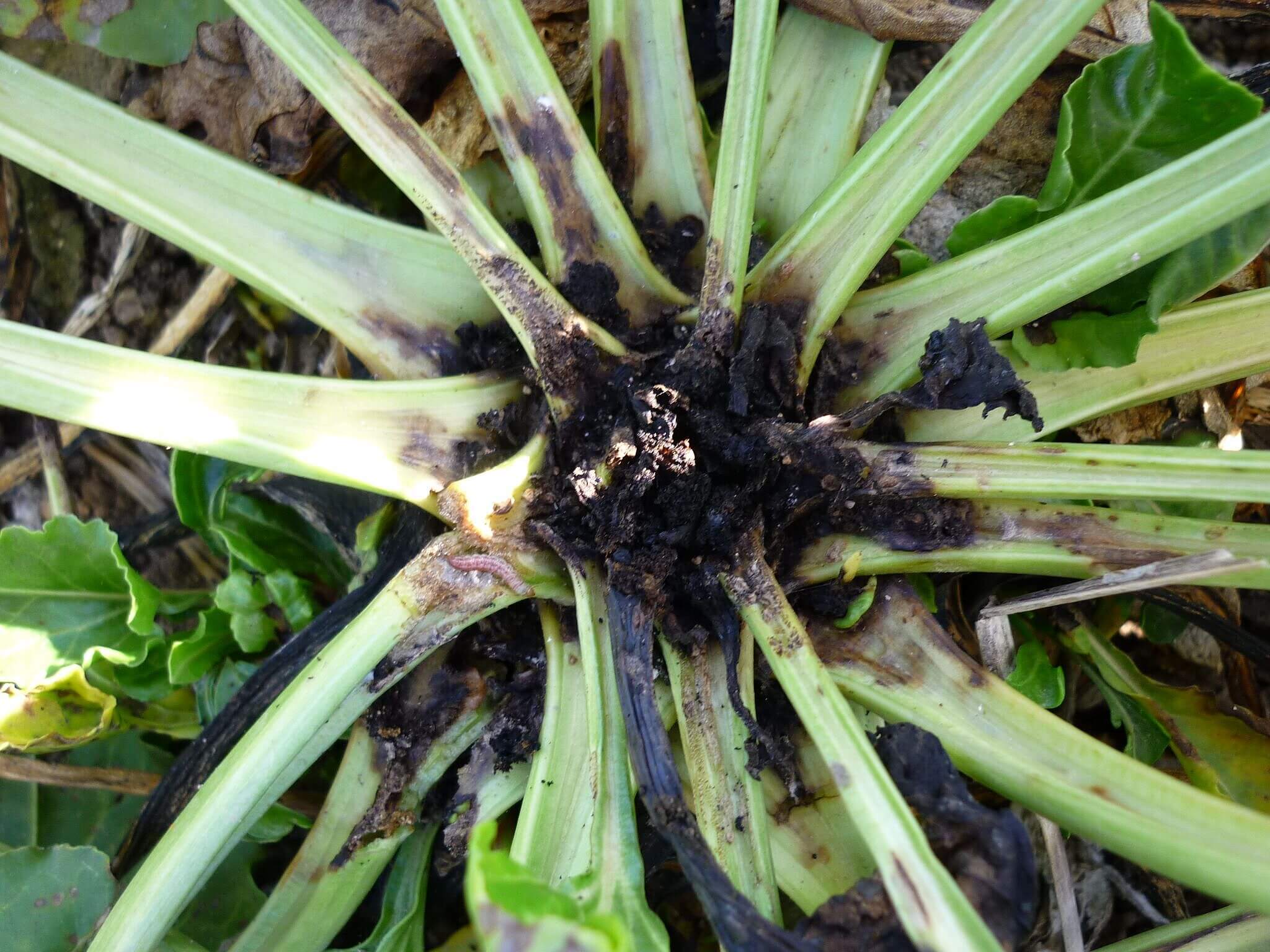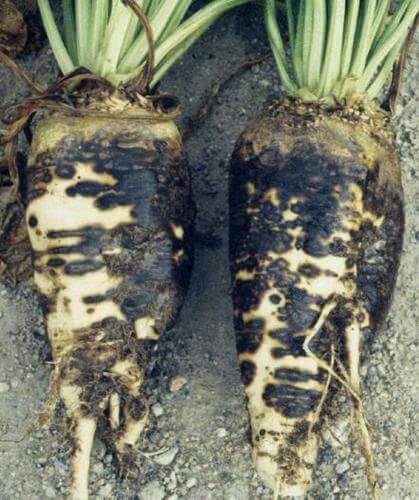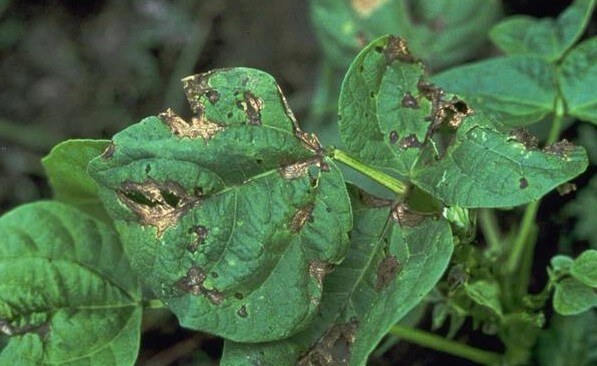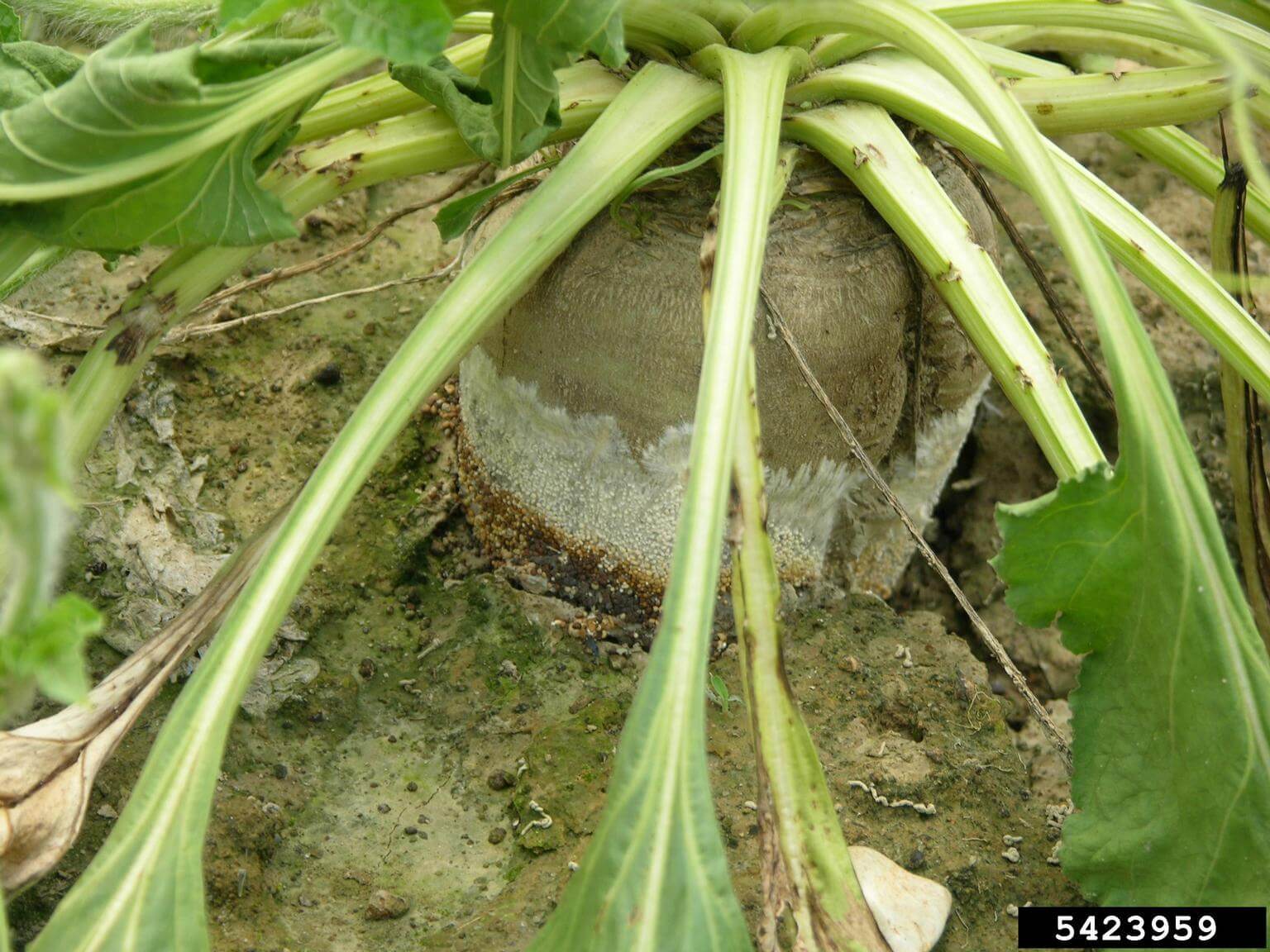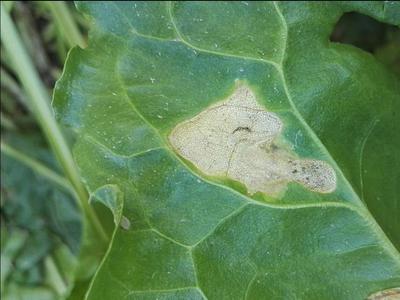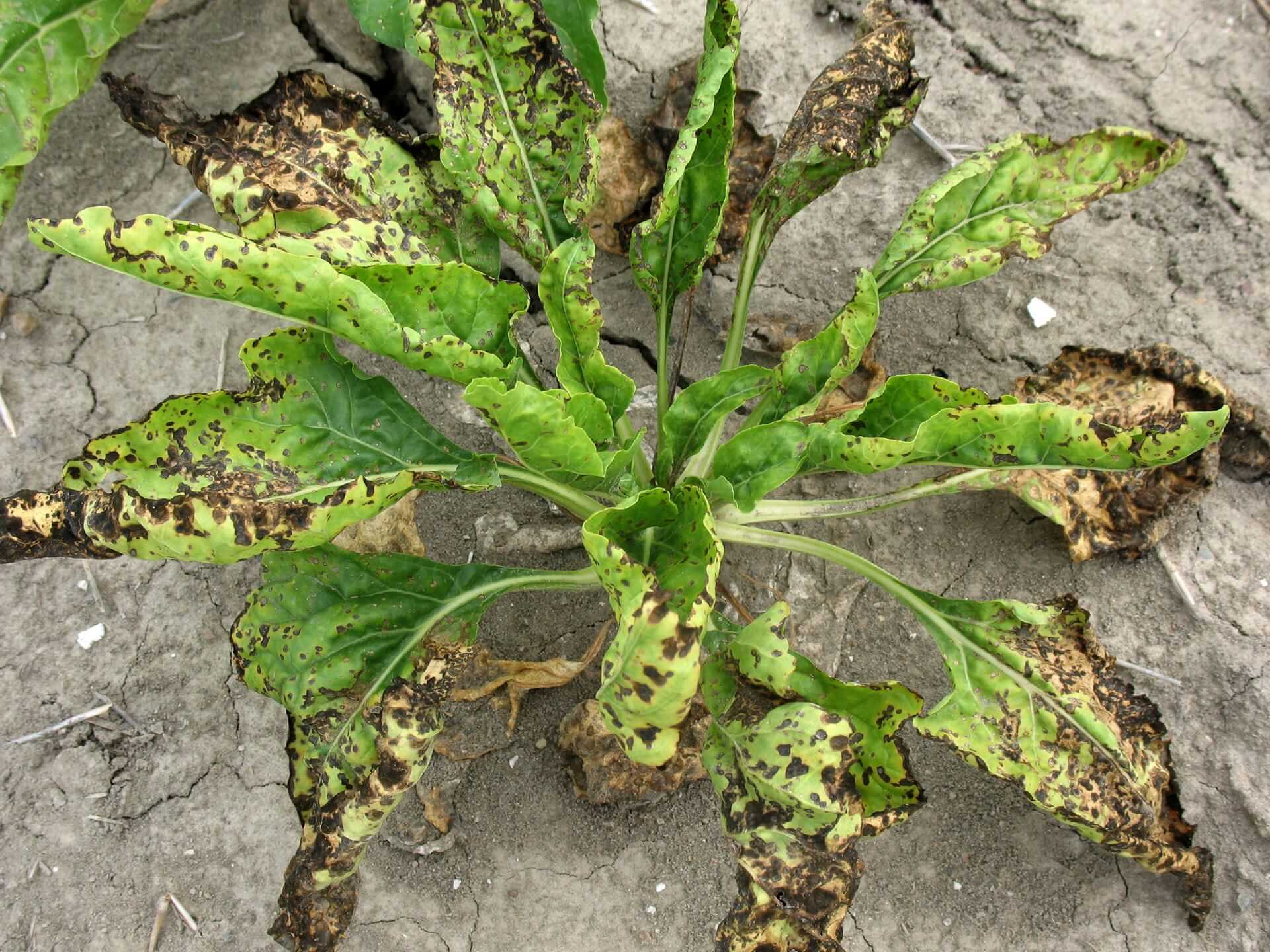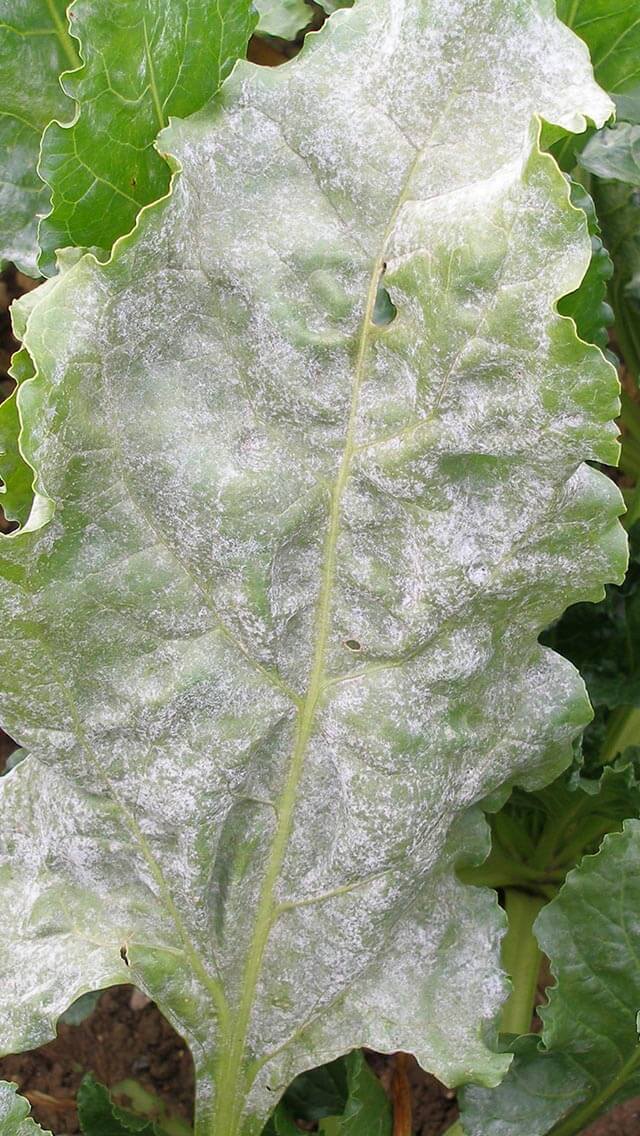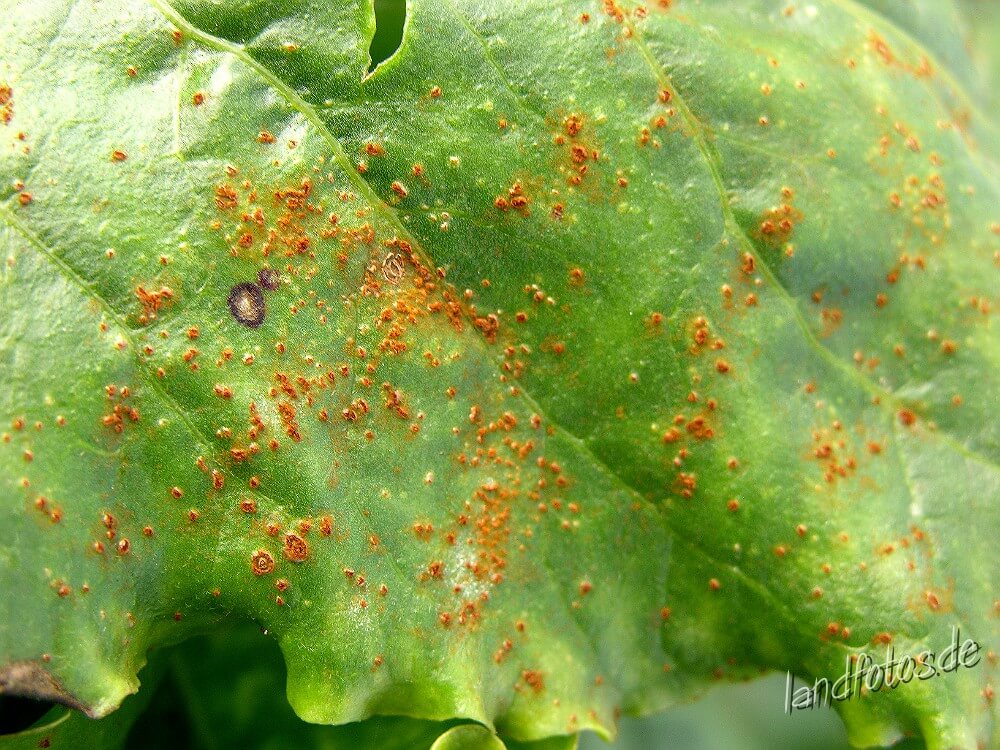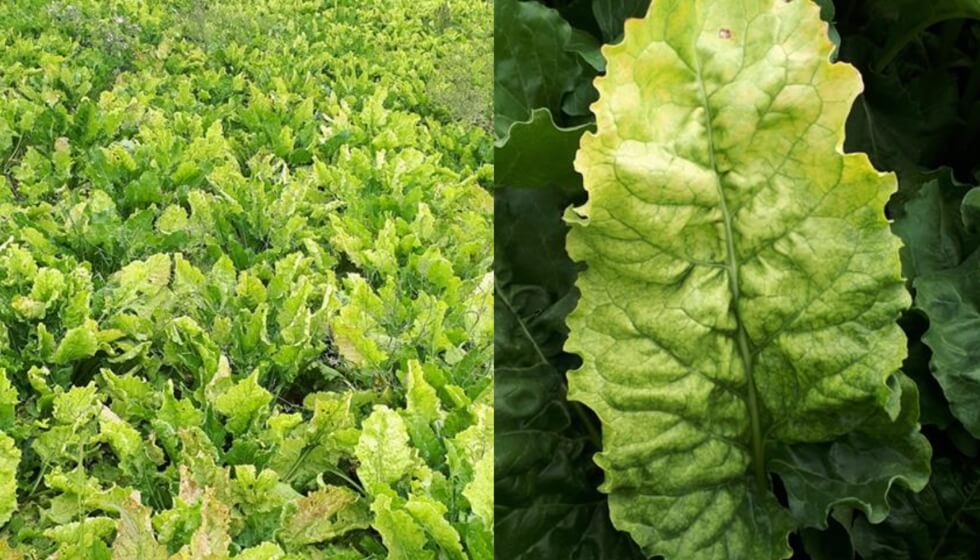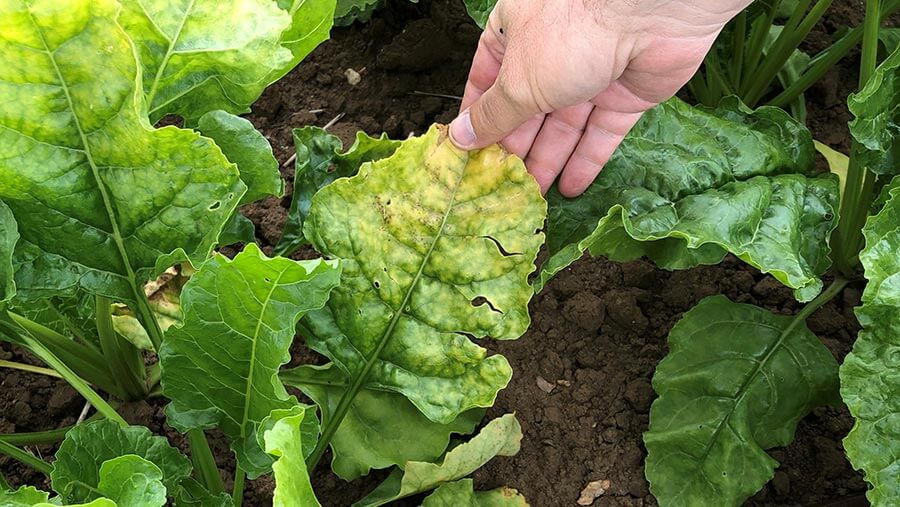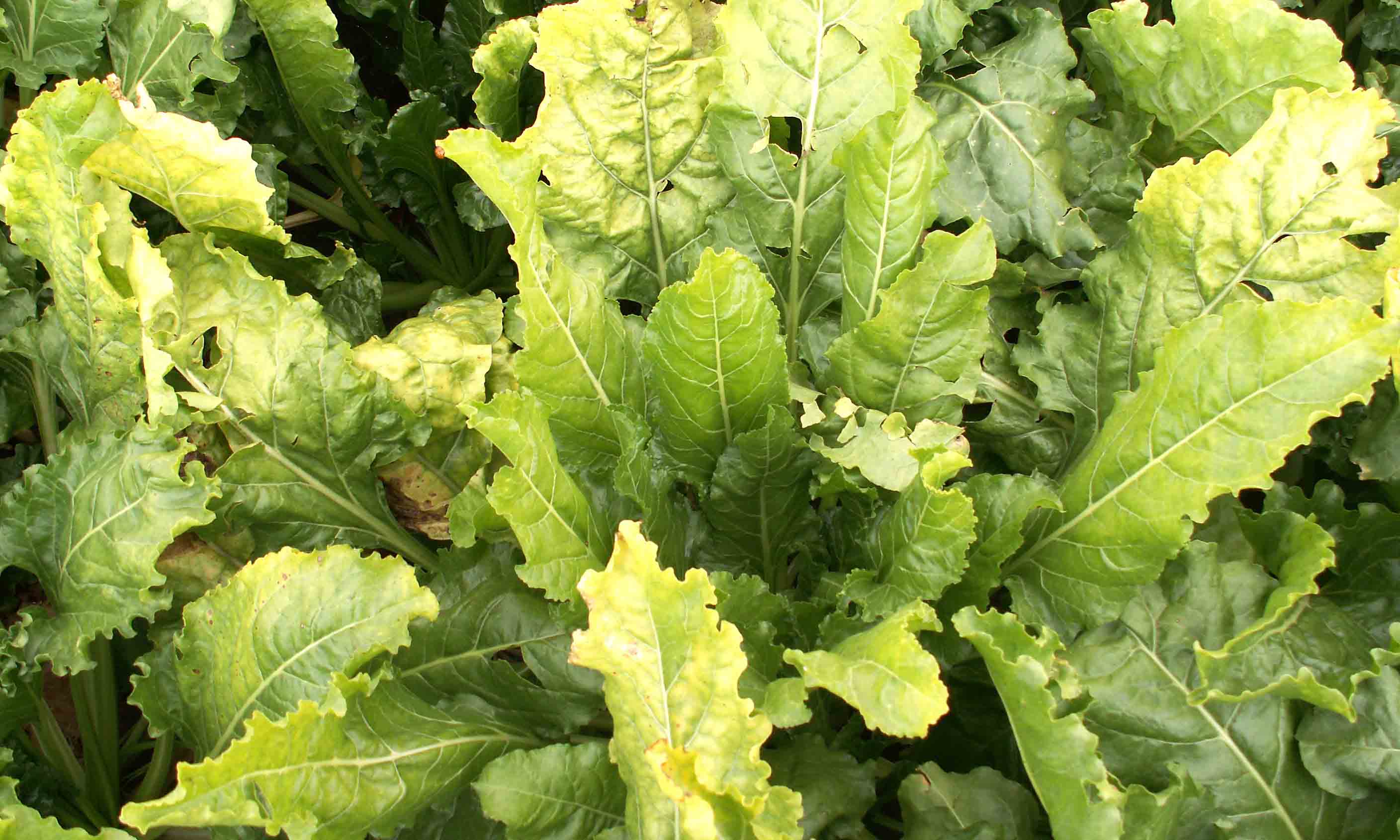
Remolacha de mesa
How to recognize and combat moths in beets
Moth
Insect
Type:
Risk to the plant:
HIGH
Scrobipalpa Ocellatella
Pathogen:
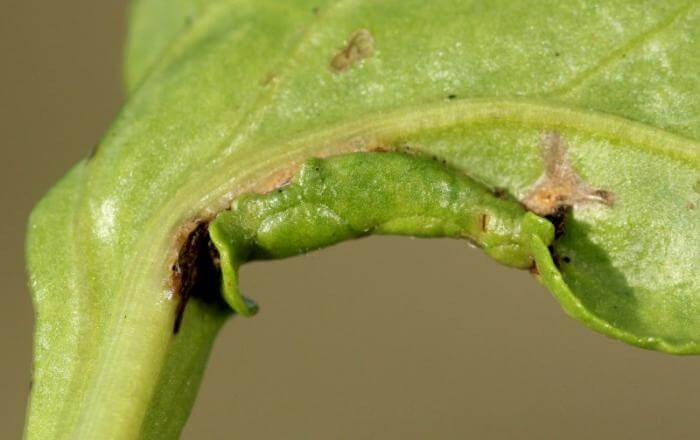
Polillas
WHO CAUSES IT?
Scrobipalpa ocellatella, known as the beet moth, is a lepidopteran of the Gelechiidae family. Adults are small, grayish-brown moths with a wingspan of 10-15 mm and have dark spot patterns on their wings. Females lay their eggs on beet leaves, preferably in young, tender areas. Upon hatching, the yellowish-white larvae with dark heads begin to feed on leaf tissue, undermining the leaves and causing significant damage. The larvae go through several larval stages, increasing in size and changing color to green before pupating. Pupation occurs on the leaf or in the soil near the host plant. The entire cycle, from egg to adult, can be completed in about a month, and the moth can have multiple generations per year, especially in warm climates.
SYMPTOMS
The disease caused by Scrobipalpa ocellatella in beet manifests mainly on the leaves, where the larvae cause significant damage by feeding on leaf tissue. This results in a decrease in the photosynthetic capacity of the plant and affects its growth and yield.
- Mines and tunnels in the leaves
- Dried and rolled leaves
- Brown or necrotic Taches
- Delay in plant growth
- General loss of vigor
- Reduction in root size and quality
- Severe defoliation in cases of high infestations



DEVELOPMENT CONDITIONS
Temperature:
20°C - 30°C
Humidity:
50% - 70%
HOW IS IT SPREAD?
Wind, Soil movements, Contaminated agricultural machinery, Infested plants
HOW TO ELIMINATE IT?
Home treatments
There are no home treatments
Natural allies
Chemical treatments
There are no treatments for this disease. Treatments are directed at the insect vectors that transmit it. See insect treatments.
RECOMMENDED PRODUCTS TO ELIMINATE THE PEST
Sponsored link
Sponsored link
Sponsored link
Sponsored link
Sponsored link
Sponsored link
Sponsored link
Effective against all types of fungi
Sponsored link
Sponsored link
Sponsored link
Sponsored link
Sponsored link
REPELLENT PLANTS
-
RECOMMENDATIONS






















